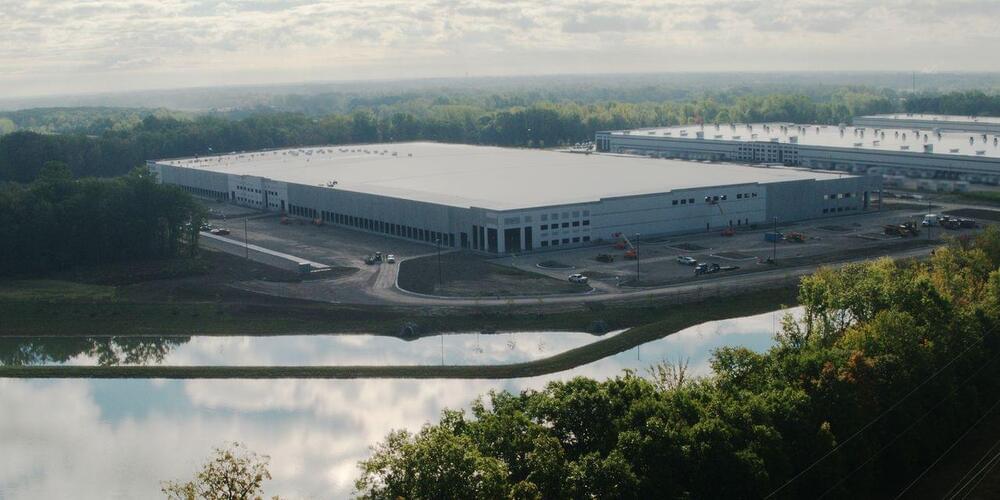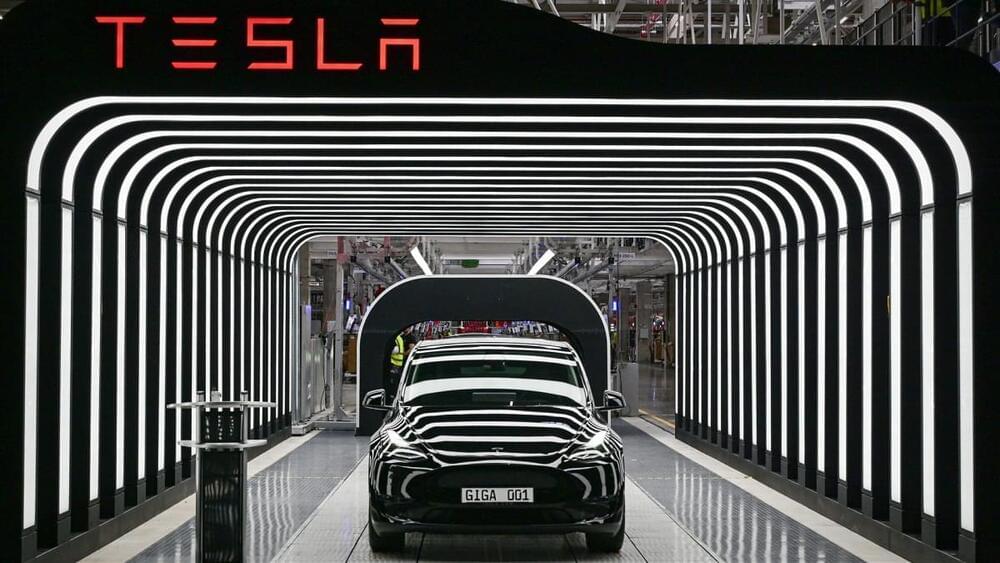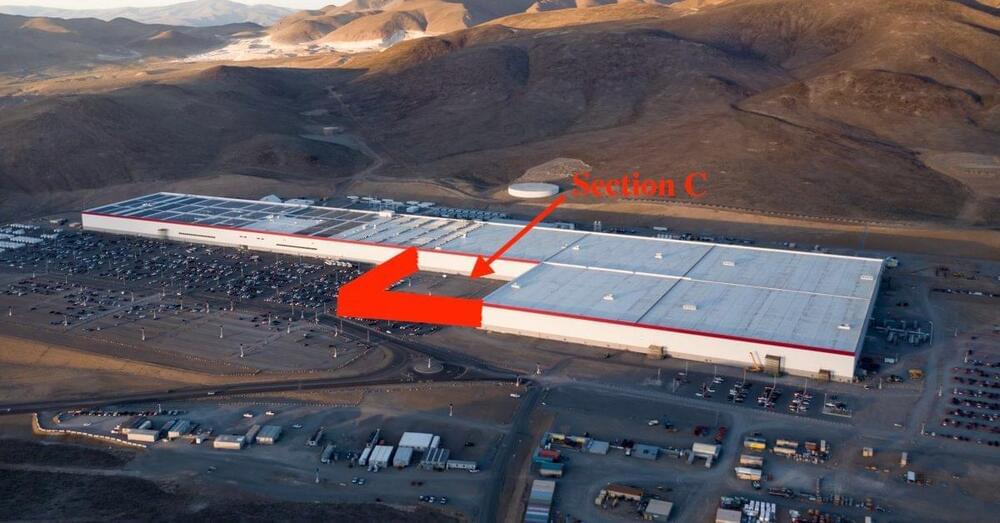Oct 6, 2022
Former Apple Car Executive’s Battery Startup Plans $1.6 Billion Factory in Michigan
Posted by Genevieve Klien in categories: employment, energy, sustainability, transportation
Our Next Energy Inc., an electric-car battery startup involving several former leaders of Apple secretive car project, is planning to invest $1.6 billion into a factory in Michigan to make enough battery cells for about 200,000 EVs annually.
The state of Michigan on Wednesday approved a $200 million grant for the project that promises to create 2,112 new jobs once the facility in Van Buren Township, about 10 miles west of the Detroit airport, is fully operational by the end of 2027. The company must create and maintain the jobs or face a clawback of the funds.

















